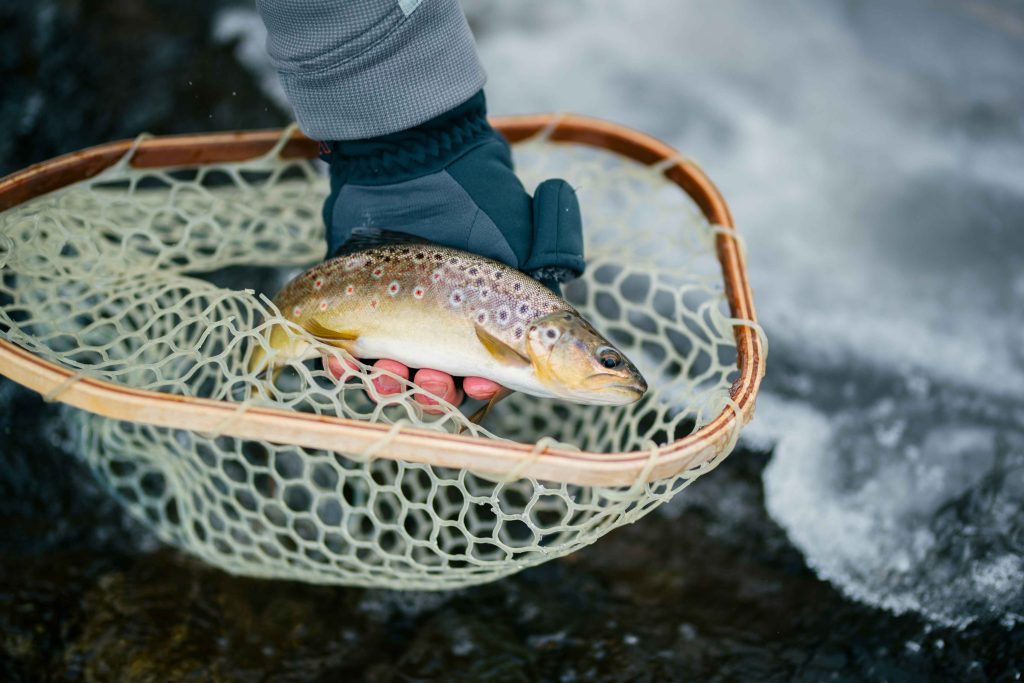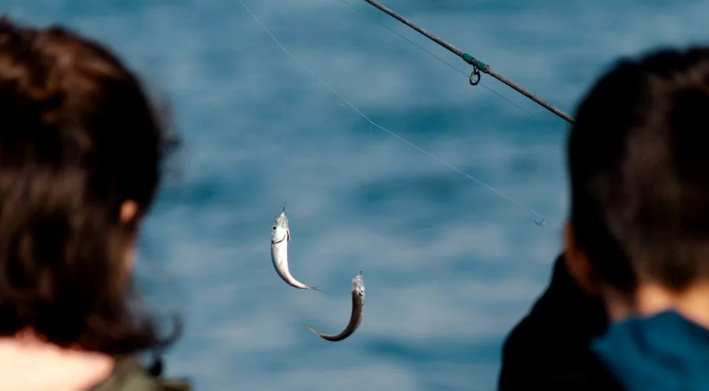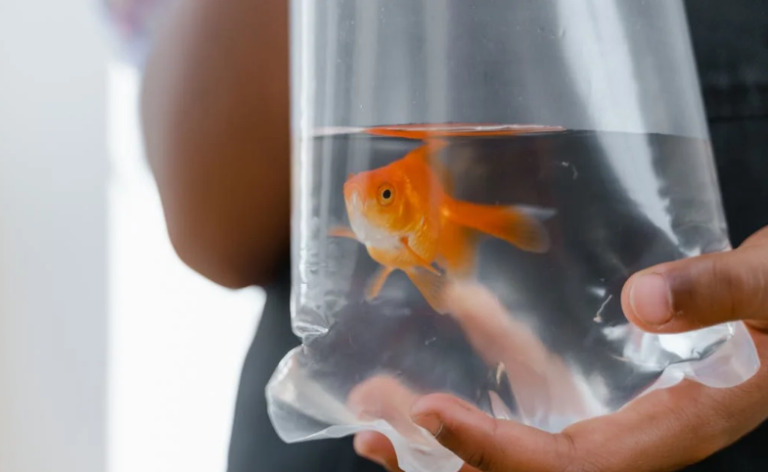Trout, with their shimmering scales and elusive nature, have captivated anglers for generations. But for the aspiring trout fisherman, the question of when is the best time to fish for trout, for this guide will delve into the secrets of timing, revealing the prime periods to encounter these prized fish.
Seasonal Symphony: When is the Best Time to Fish For Trout?

Trout are cold-blooded creatures, meaning their activity level is heavily influenced by water temperature. So, let’s explore the best times to fish trout across the seasons:
- Spring (March-May): As winter loosens its grip and spring awakens, water temperatures begin to rise. This triggers increased trout activity, making it a fantastic time to cast your line. Additionally, spring often coincides with trout spawning season, where they become more aggressive in protecting their territory, leading to potential for exciting strikes.
- Early Summer (June-July): As days lengthen and water continues to warm, hatches of aquatic insects like mayflies and stoneflies become abundant. Trout gorge themselves on this buffet, making them more active feeders. However, be mindful of rising water temperatures. If they climb into the high 60s (Fahrenheit), trout may become sluggish and seek cooler areas like deep pools or streams shaded by overhanging trees.
- Late Summer (August-September): With summer in full swing, water temperatures can become a challenge. For cooler water, target higher-altitude streams or areas with spring inflows. Early mornings and evenings become even more crucial during this period, as trout become less active during the heat of the day.
- Fall (October-November): As autumn paints the landscape and water temperatures dip, trout regain their energy. This pre-winter feeding frenzy provides another excellent opportunity to hook these feisty fish. Additionally, fall often sees the stocking of bodies of water with trout, offering fresh opportunities for anglers.
- Winter (December-February): While trout fishing in winter may seem daunting, it can be a rewarding experience for dedicated anglers. Target deep pools or slow-moving sections of water where trout remain inactive but still susceptible to well-placed lures or baits. Remember to check local regulations and ice safety conditions before venturing out on frozen waters.
Daily Rhythms: When the Light Guides the Bite
Beyond seasonal considerations, trout activity also has a daily rhythm. Here’s a breakdown of the prime times within a day:
- Early Morning (Dawn – 2 hours after sunrise): As the sun peeks over the horizon, water temperatures are usually at their coolest, and insects become active. This entices trout to feed, making it a prime time for fly fishing or using lures that imitate insects.
- Late Afternoon (3 hours before sunset – Dusk): As the day cools down again, trout become more active feeders. This period offers another excellent window of opportunity, mirroring the conditions of early morning.
- Overcast Days: Trout tend to be more active on cloudy days as the subdued light makes them feel less vulnerable. This can extend the prime fishing hours throughout the day.
- Night Fishing: While not as popular, night fishing can be productive, especially for larger, more wary trout. They become more active under the cover of darkness.
Remember: These are general guidelines. Weather patterns, water flow, and local hatches can influence trout behavior. Observing the conditions and adapting your approach is key to success.
Beyond the Basics: Factors that Fine-Tune Your Timing to Fish for Trout
While season and daily light play a major role, here are some additional factors to consider when planning your trout fishing adventure:
- Water Conditions: Heavy rain or snowmelt can drastically alter water clarity and flow. Adjust your tactics accordingly. For instance, use brighter lures in murky water and focus on calmer sections during periods of high flow.
- Fishing Pressure: If a body of water is heavily fished, trout may become more cautious. Consider using lighter tackle and more subtle presentations to entice them. Early mornings or evenings can offer an advantage in pressured waters.
- Specific Trout Species: Different trout species have slightly varying preferences. Rainbow trout, for example, tend to be more active feeders throughout the day, while brown trout may be more inclined to feed during low-light conditions. Research the specific type of trout you’re targeting to optimize your timing.
- Local Regulations: Always check fishing regulations in your area. These may specify closed seasons for certain species or restrictions on fishing during specific times of the day.
Conclusion: The Dance with Time and Trout
Timing is a crucial element in the dance between angler and trout. By understanding seasonal patterns, daily rhythms, and the influence of external factors, you can significantly increase your chances of landing that trophy catch. Remember, trout fishing is as much about the experience as the catch itself.



